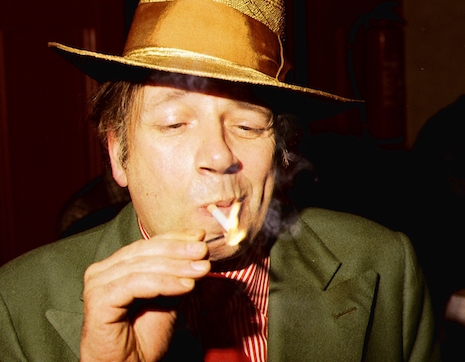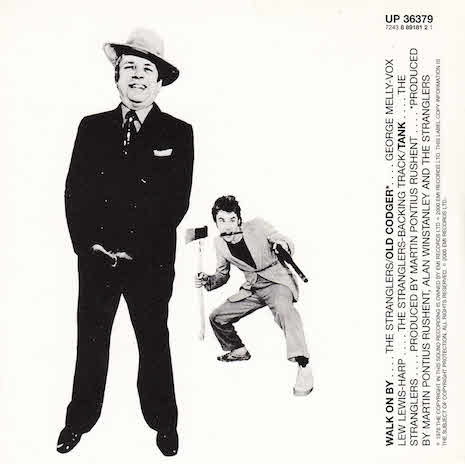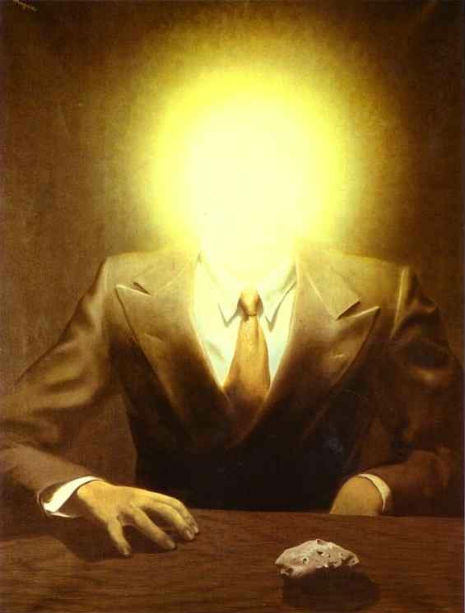
Who are these masked men? That was the question many people were asking when a video popped up on their timeline four years ago featuring band called Orkestra Obsolete covering New Order’s “Blue Monday.” Who indeed?
Little was revealed about this talented bunch of musos other than they were performing “Blue Monday” to illustrate what a classic synth song would sound like without synthesizers. The man behind this classic piece of promo is the immensely talented Scottish musician Angus McIntyre, who is better known as a highly successful TV producer and director.
McIntyre recently uploaded the original uncolorized version of the Orkestra track to his YouTube page where he explained something of the film’s background:
A few years ago I was asked by a BBC producer to make a short three minute film about the synthesiser, and then I thought it might be interesting to do a “what if there were no synthesisers?” scenario. Or something. I roped in my pals Graeme Miller - a skilled theremin and musical saw-ist, and Sven Werner - an amazing artist who has a fantastic studio space. Sound artist and film-maker Nicola Reade and myself worked together on the overall style and approach, and I arranged and directed it using a few tricks I’d learned making Gugug videos.
Gugug videos? More on that later.
For the recording of the Orkestra’s version of “Blue Monday,” McIntyre played drums, ukulele-banjo, tongue drum, piano strings, effects, lap steel, harmonium, clavioline, and sang vocals. He’s a talented little fucker. And an all-round good guy. Also, playing/involved but uncredited on the original were Michael Pappas (camera) and Richard Anderson (double bass).
More from Angus McIntyre and Gugug, after the jump….










